How to choose a sunscreen: benefits, harm, composition and rules of use
Sunscreen, popularly called sunblock or anti-sunscreen, is one of the most essential hygiene products for traveling. And not only at sea, but also anywhere where there is a risk of sunburn.
Like many other tourists, I used to simply go to the pharmacy and buy the one with the maximum SPF, as my mother advised me as a child. However, recently I thought about it in detail, began to study the issue and came to the conclusion that not everything is so simple.
In this article, I’ll break down the main points of this question: why and when you need sunscreen, what kind and how to choose, how to use it properly, and more!
Why you need sunscreen
So, the sun. Its rays carry harmful and beneficial ultraviolet radiation at the same time. There are three types of radiation [1], of which two are relevant to the topic of today’s conversation:
- UVA – causes skin aging, appearance of freckles and age spots
- UVB – causes skin burns and can cause skin cancer.

The harm of these rays is scientifically proven and needs to be combated. This is why sunscreen was invented, which is designed to protect the skin from unnecessary ultraviolet exposure.
Many of us know from childhood that when you go to the sea, you should go and buy sunscreen. However, let’s think about it – are these all applications? Of course not. They are useful even if you are not going to tan. Going to hot countries, you can not do without sunscreen. And the closer you get to the equator, the more direct the angle of the sun’s rays and the more likely you are to get burned.
If you are exposed to the sun for a long time – the cream is also indicated. I always apply it on uncovered areas of skin not covered by clothes, even during ordinary cycling in Ukraine. In a light wind we do not immediately feel the appearance of burns, and the skin suffers.

If you vacation in winter not on the warm beaches of Egypt, and somewhere skiing or hiking in the mountains, you think you can not use the cream? Not so. At altitude, and even against the background of white snow, which reflects solar radiation so well, the burns are especially severe.
Thus, I want to convey to you the main idea – you should use sunscreen whenever you are exposed to the sun, regardless of the time of year and the presence of a beach nearby. After all, even if there are clouds in the sky, the harmful rays reach the surface of the earth and thus harm your health.
Please note that in addition to sunscreen, in hot countries it is recommended to follow all recommendations regarding clothing, food and drink, which were given in the article “How to save yourself from the heat“.
How to choose a sunscreen
I suggest that you evaluate any cream according to a number of criteria, which I will give below. I will try to justify each of the criteria so that you understand why I recommend this or that option.

Initially, I had the idea to test hundreds of creams, but I decided to note the nuance that my readers are in very different parts of the world, and the manufacturers are different everywhere. Therefore, it will be better to describe the main criteria for self-selection.
SPF in sunscreen
So, the same aforementioned SPF that everyone has probably heard of. This is the sun protection factor and it can range on creams from 10 and up to 75.
This figure is calculated in a rather strange way. Many people think that it is a kind of indicator of how many rays are blocked. But there is a nuance that the main influence is the time of protection. You need to take into account the time of being under the sun, geographical location and much more [2].
- If SPF< 5 – the cream blocks up to 65% of UV rays and provides basic protection.
- Creams with 15 SPF will normally be able to protect normal or swarthy skin on a daytime day in the middle strip of Russia. It blocks up to 93% of all UV rays.
- Creams with SPF 30 trap up to 97% of the sun’s radiation.
- A cream with 50 SPF provides up to 99% latency [3].
Creams of 30 SPF or more are considered the most effective. A difference of 5% can be significant, especially for people with sensitive or pale skin, prone to aging or if they have a large number of moles.
Remember that moles are an additional risk factor, and therefore do not be lazy to check them with a doctor before flying to a hot country or on a beach vacation. Dermatoscopy procedure is indicated for preventive purposes once a year.
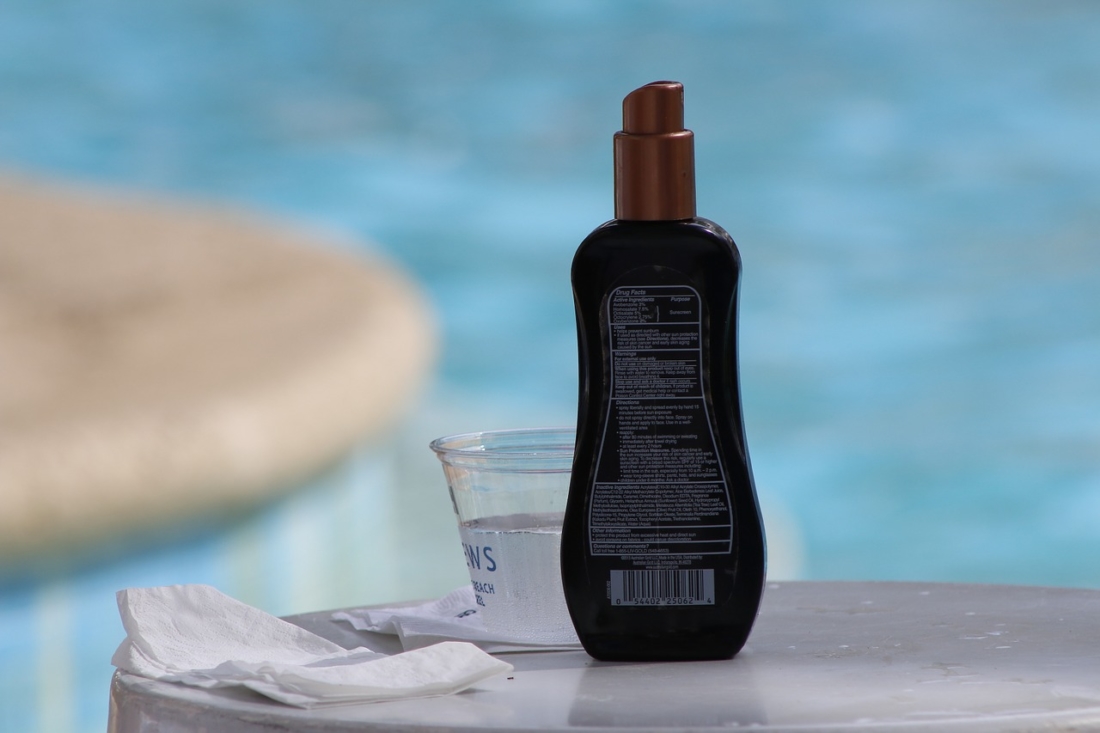
Creams from 50SPF are not recommended for several reasons. The difference will no longer be significant in the delay of rays, because no cream will not protect you 100%. But the harmful substances in it is much more. At the moment it is not possible to manufacture sunscreen with a sun protection factor of more than 50 SPF with safe components.
The main difference is the time it can protect you. For example, if in the sun you, with your skin type usually burn for 10 minutes, then with SPF 50 cream it will last 50 times, i.e. up to 500 minutes. However, all creams lose their effectiveness after 2 – 3 hours and manufacturers recommend to reapply them anyway.
Thus, I recommend choosing a cream with an SPF of 30 to 50.
Be sure to store the cream in a place protected from direct sunlight, otherwise its effectiveness will decrease, and may even disappear altogether.

Note that the cream should be applied 20 – 30 minutes before getting into the sun, and not directly on the beach, when you already lie down to sunbathe.
Cream, spray or powder?
Sunscreens are now available in many different variations: creams, gels, lotions, powders, sprays and aerosols… I even found some solid pencils on sale!
Despite a number of conveniences associated with one form factor or another, the disadvantages outweigh the advantages.
For example – powdered sunscreen products. They can easily get into the respiratory tract (especially children) or esophagus, and they are very harmful mixtures. The safest ingredients like zinc oxide or titanium dioxide can cause very serious allergic reactions and illnesses if inhaled or ingested.
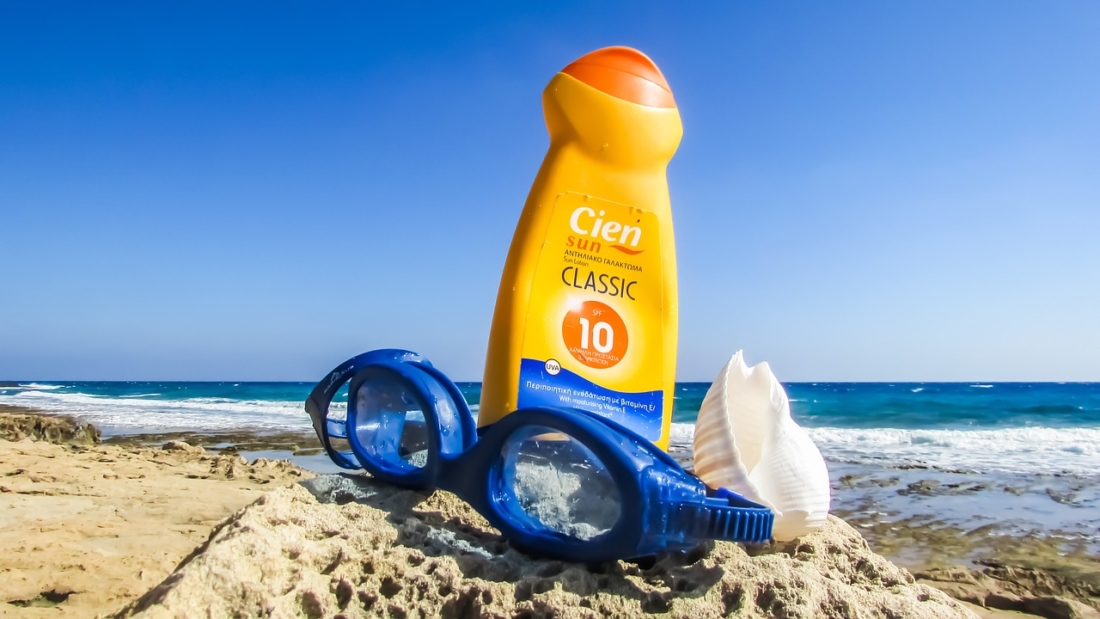
As for atomizers – many doctors state that this is one of the worst options, as it cannot guarantee an even application and thus only worsening the tanning problem.
Many creams are now advertised as water-resistant, but this only applies to situations such as sweating during physical activity, etc. If you go into the sea or swimming pool and then wipe yourself with a towel, renew the cream as its effect has ceased.
Practice shows that the best option remains classic creams, which should be applied to the entire unprotected surface of the body with the help of hands evenly, without leaving gaps. If you already have a balm or spray – then first pour it into the palm of your hand, and then distribute it over the skin.
Harmful and acceptable sunscreen ingredients
Unfortunately, all-natural sunscreen remedies have not yet been invented, except for clothing. However, when studying the composition of sunscreen, I recommend excluding all those that contain the most harmful of them, without which you can do without. If possible – it is better to give preference to products on a natural basis, but their price is many times higher.
If it is a mass-market product, then it is important to study the composition. This way you will be able to understand roughly what you are putting on your body. Do not forget – there are chemical reactions involved in creams. Do not be afraid of every chemical element in the composition, because they are not completely without them and not all of them are harmful.
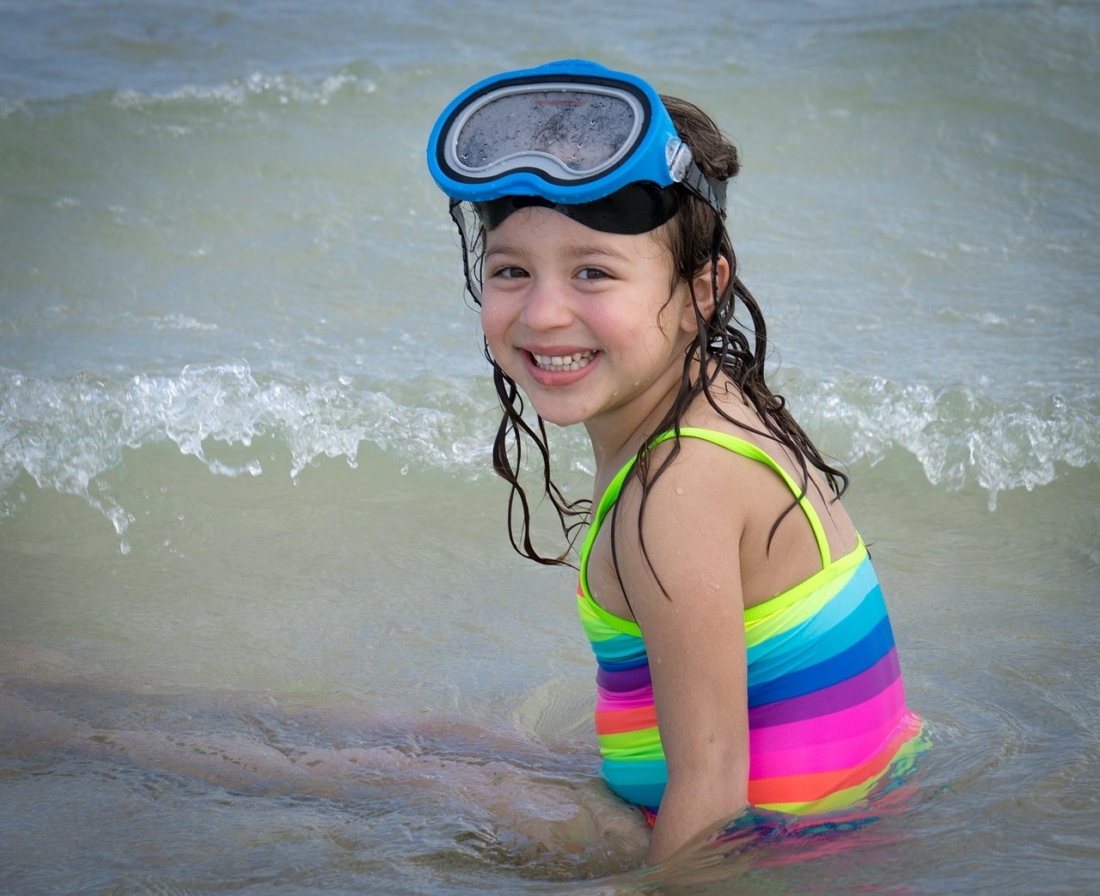
The following ingredients in creams are considered acceptable in turn [4]:
- Aminobenzoic acid – 4-Aminobenzoic acid
- Avobenzone
- Cinoxate
- Dioxybenzone
- Homosalate
- Meradimate
- Octocrylene
- Octinoxate
- Octisalate
- Oxybenzone
- Padimate O
- Ensulizole
- Sulisobenzone
- Titanium dioxide
- Trolamine salicylate
- Zinc oxide
Children under 6 months of age should not be exposed to direct exposure to the sun’s harmful rays during hot weather, and streaming and sunbathing is not recommended for them. Applying sunscreen on children under six months of age is also undesirable. Leave them clothed [4].

How to use sunscreen correctly
Where do we put cream on our body? That’s right, everyone does it on the beach [5], which is a fundamentally wrong decision, because it does not start working immediately, so we actually sunbathe without protection.
According to clinical recommendations, the cream should be applied in advance, about 15 minutes before going out in the sun. This will allow it to be absorbed and become active at the moment of contact with harmful ultraviolet light.
Apply sunscreen evenly without rubbing it in. To do this, take a sufficient amount of cream on your hand and apply to the skin with light, patting movements [5]. The entire skin not covered by clothing should be smeared, except for the area around the eyes and mouth.
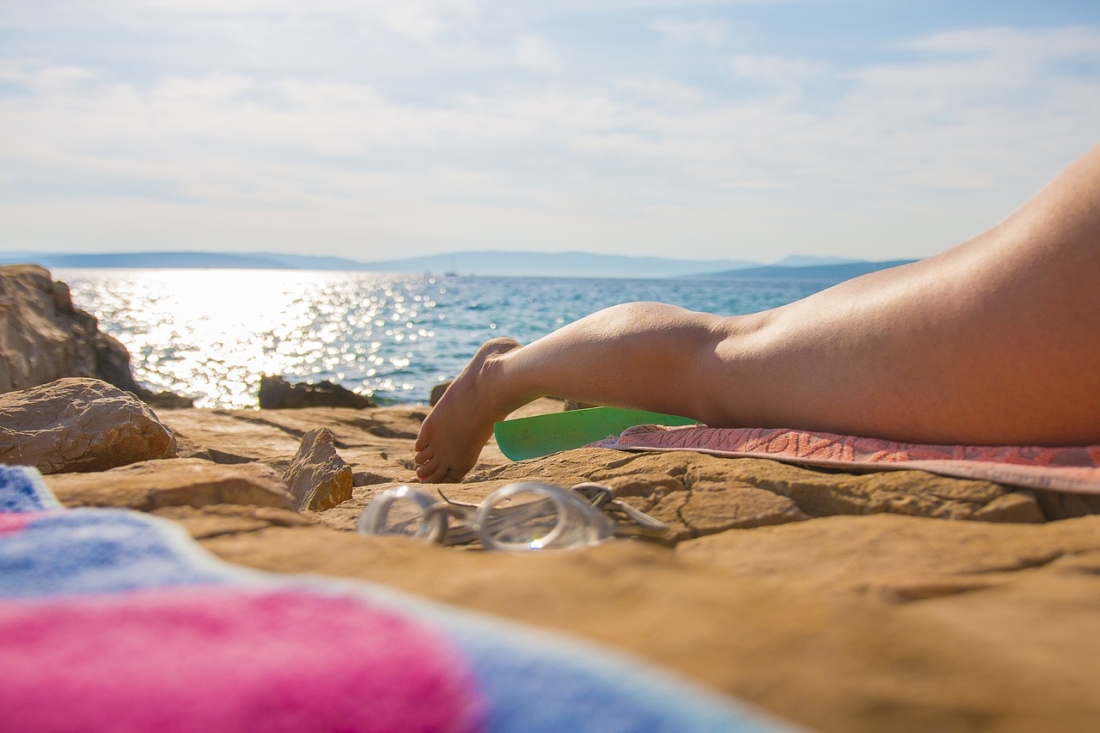
In addition, sunscreen application should be repeated every two hours of sun exposure and after contact with water (even if it says it’s water-resistant) [4].
Conclusions
Thus, sunscreen should be an essential accessory during summers and beyond. It will help you save your health and beautiful appearance.
Despite the fact that it is not always convenient – it is better not to neglect this means of protection.
Frequent questions
There is no difference, it’s just a marketing ploy. Tanning creams are those with less than 25 SPF protection that allow more UV light to pass through, allowing your skin to tan faster. Those that are “stronger” are called “sunscreen” because they will tan much slower.
There are legends about the harm and benefits of sunscreen, but most scientists agree that when using it on the beach, the benefits far outweigh the harm. The main thing – watch the composition, the absence of harmful elements and proper storage. Do not, understandably, use on small children.
Nothing. You cannot replicate the chemical composition of sunscreen at home, and therefore you will not protect your skin from ultraviolet light with “grandma’s” means. In case you have no protection – it is better to stay dressed and refrain from tanning.
There is no fundamental difference. It is worth choosing a product that will be easier for you to apply evenly on the skin. It is not recommended to use a spray if you have children, as they may accidentally spray themselves in the eyes.
If you have a stain on your clothes after using such a cream, it can be quite problematic to wash it. Try at first just in the machine with ordinary means. If it does not help – stain remover. There are cases when such a stain can not be removed at all. Try Domestos (in case of serious coloring effect) and Fairy (if the stain is greasy).
However, the main advice would be to urgently go and change the sunscreen itself, choosing it according to the rules described in this article.
I can’t resist noting that the Ukrainian manufacturer’s Biocon cream has led to a change in my entire summer closet, including some very expensive shirts.
The shelf life of each cream is different due to the different compositions. Therefore, it is better to adhere to the one indicated by the manufacturer on the package.
Do not use creams that are past their expiration date or if they were purchased more than 3 years ago [4].
No more than two hours or before contact with water.
There is no definite answer to this question, as you should take into account skin types and its peculiarities. Read our full article to understand the basics of cream selection.
You can’t create a sunscreen at home that will protect your skin.
Some elements create a physical filter in the form of a thin and imperceptible film on the skin surface, thus reflecting UF-A rays. In turn, the chemical ones penetrate the skin and block UF-B radiation.
In order for the product to retain its effectiveness, it should be stored in a dark place, protected from direct sunlight, preferably cool, but not below +5. In addition, familiarize yourself with the instructions specifically for your product, as they may give additional recommendations [4].
- ISO 21348 // Space Environment Technologies URL: http://www.spacewx.com/ISO_solar_standard.html (дата обращения: 03.02.2020).[↩]
- Sun Protection Factor (SPF) // U.S. Food and Drug Administration URL: https://www.fda.gov/about-fda/center-drug-evaluation-and-research-cder/sun-protection-factor-spf (date of circulation: 03.02.2020).[↩]
- Ласевич А. А. Солнцезащитный крем как фактор профилактики вредного влияния солнца // Актуальные вопросы радиационной и экологической медицины, лучевой диагностики и лучевой терапии : сборник материалов I Межуниверситетской научно-практической интернет-конференции студентов, магистрантов, аспирантов и молодых ученых, г. Гродно, 27 марта 2017 г.. Гродно: Учреждение образования “Гродненский государственный медицинский университет”, Кафедра лучевой диагностики и лучевой терапии, 2017. С. 127-130.[↩]
- Sunscreen: How to Help Protect Your Skin from the Sun // U.S. Food and Drug Administration URL: https://www.fda.gov/drugs/understanding-over-counter-medicines/sunscreen-how-help-protect-your-skin-sun (дата обращения: 03.02.2020).[↩][↩][↩][↩][↩]
- Мартинкевич, А. В Изучение уровня осведомлённости молодёжи о влиянии ультрафиолетового излучения на здоровье и отношения к загару // Актуальные вопросы радиационной и экологической медицины, лучевой диагностики и лучевой терапии : сборник материалов I Межуниверситетской научно-практической интернет-конференции студентов, магистрантов, аспирантов и молодых ученых, г. Гродно, 27 марта 2017 г.. Гродно: Учреждение образования “Гродненский государственный медицинский университет”, Кафедра лучевой диагностики и лучевой терапии, 2017. С. 81-85.[↩][↩]
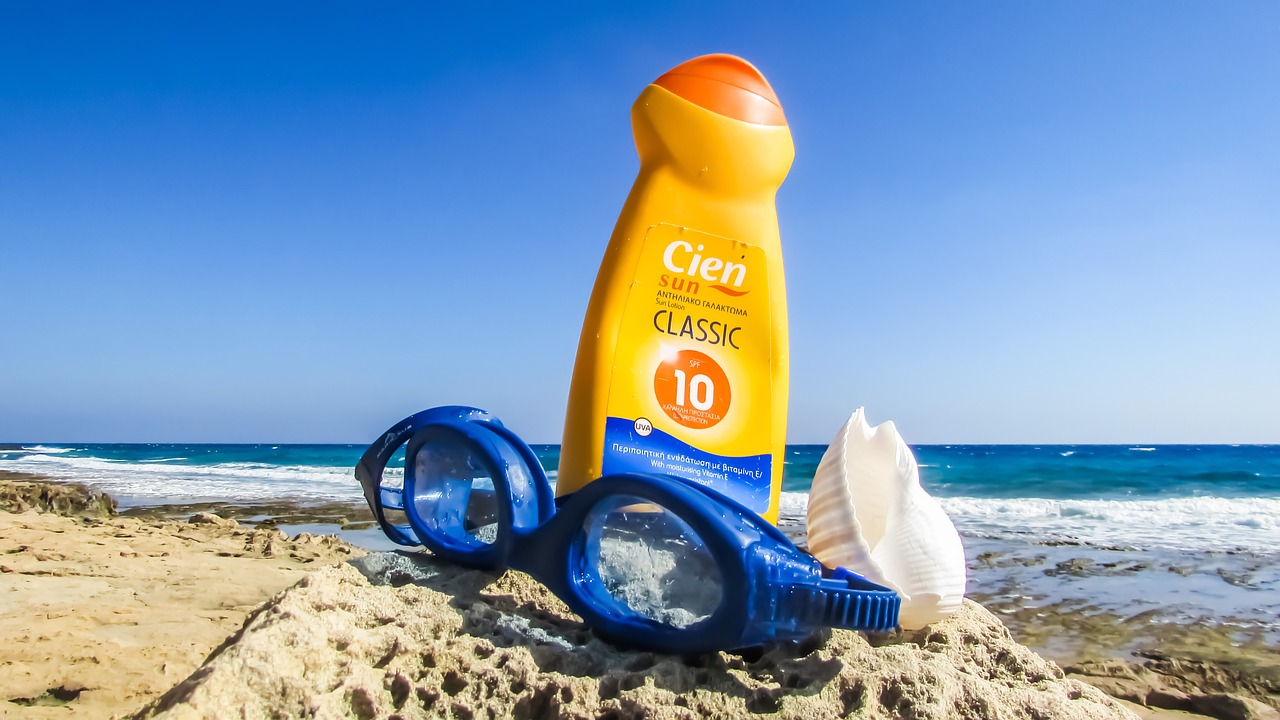

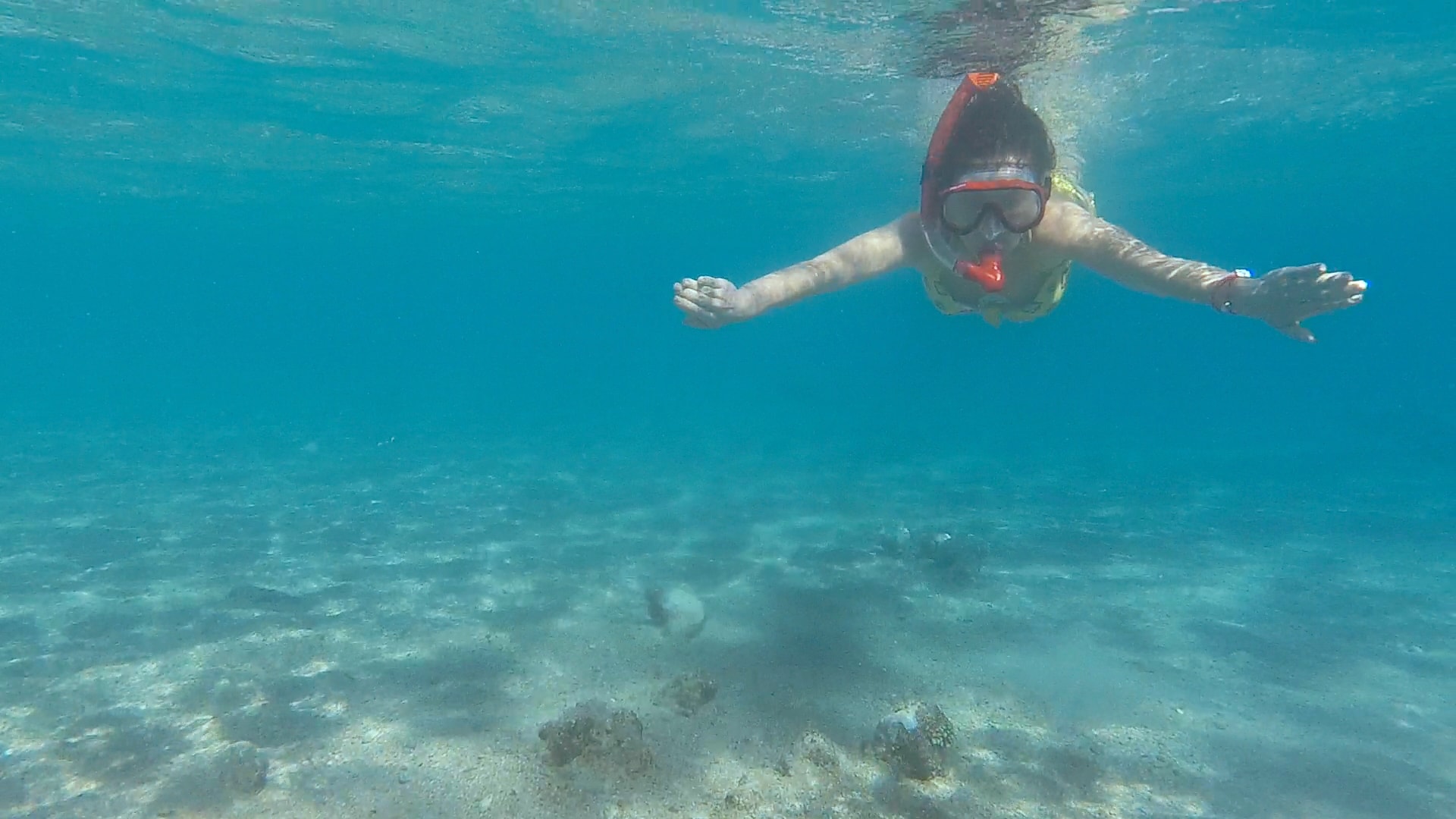


Leave a Reply
Want to join the discussion?Feel free to contribute!